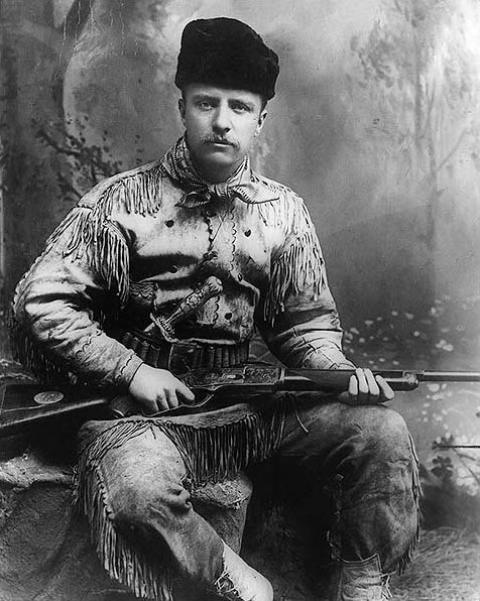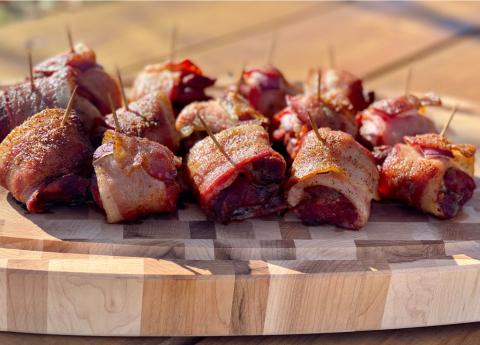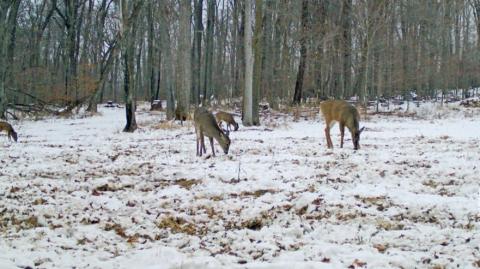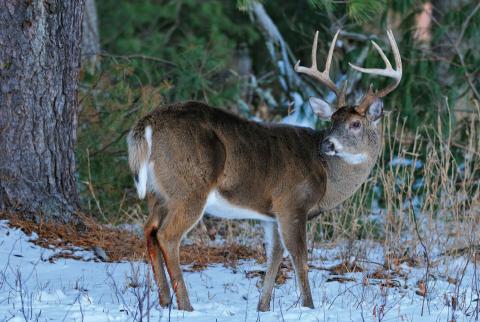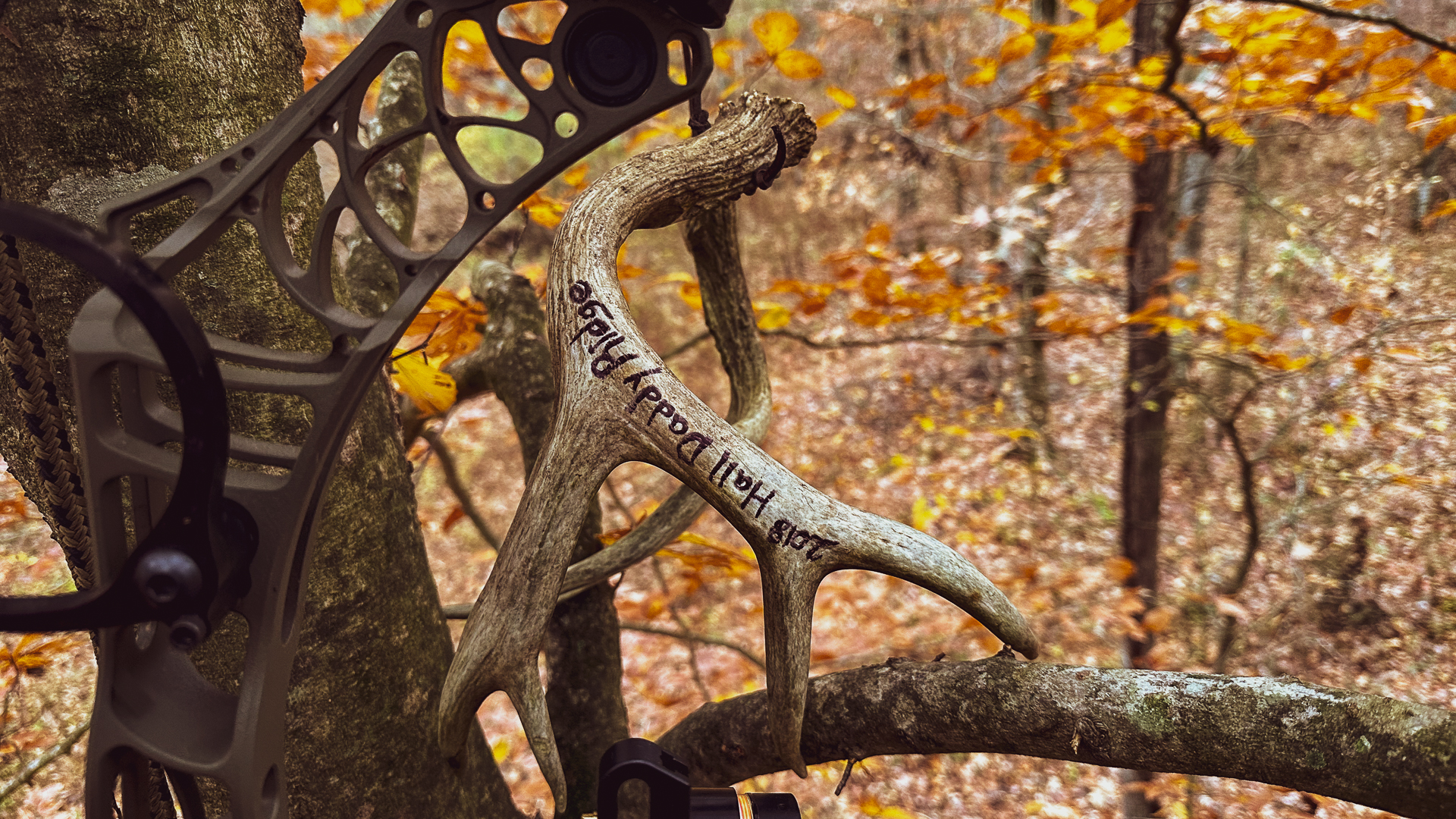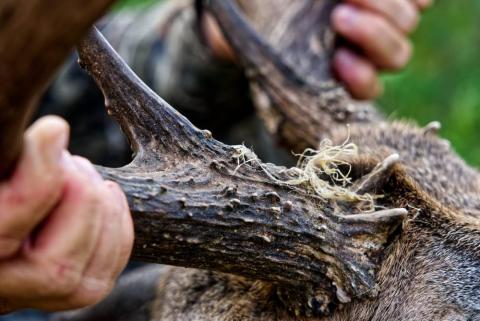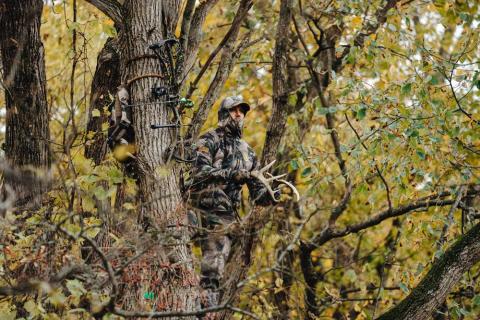By Heath Wood
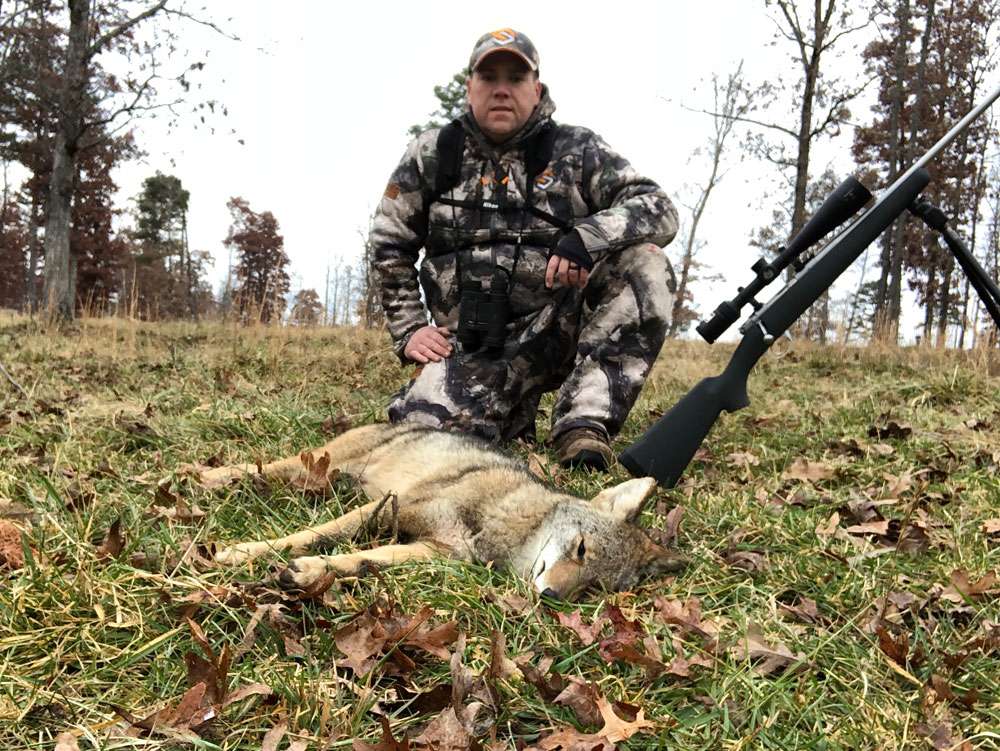
Coyote hunting is an exhilarating pursuit that demands skill and strategy. After a predator hunter has experienced a little taste of success, the pursuit of becoming the best they can be typically becomes an obsession. Being a good predator hunter isn’t as easy as taking a gun and an electronic caller, expecting to call in a coyote on every attempt. It requires a deep understanding of the environment and the animal that you are pursuing. These elusive creatures are cunning and adaptable, making them both challenging and rewarding targets for hunters. To maximize your success in the field, it's essential to grasp the intricacies of coyote behavior and employ a comprehensive approach to your hunting strategy. This article will explore the five key factors that can significantly enhance your effectiveness as a coyote hunter.
Factor 1: Wind Direction - The Hunter's Silent Partner
One of the fundamental elements of successful coyote hunting is mastering the art of scent control. Coyotes possess keen olfactory senses, making them highly sensitive to human scent. If you study the animal you are hunting, which in this case is a coyote, you will quickly find that fooling a coyote's nose is almost impossible. Although scent control products, such as scent-eliminating sprays or scent-control clothing, help, they still cannot fool a coyote's nose one hundred percent of the time. Therefore, understanding wind direction and its implications on your approach is crucial.
When setting up for a hunt, always position yourself downwind from the anticipated coyote activity area. This ensures that your scent is carried away from the coyotes, minimizing the risk of detection and increasing your chances of a successful encounter. Stay where you can always see the downwind side of your setup, and use a crosswind to keep the wind in your favor.
Factor 2: Stealthy Approaches - Staying Under the Radar
In the realm of coyote hunting, stealth is paramount. Coyotes are naturally wary creatures, and any sudden movements or disturbances can alert them to your presence, causing them to flee before you even have a chance to take a shot. To remain undetected, practice moving quietly and deliberately through the terrain, utilizing natural cover whenever possible. Getting to your setup without being seen or smelled before you set up, in turn, determines how successful your calling sequence will be on nearby coyotes. Additionally, as mentioned earlier, consider employing scent-masking techniques such as scent-neutralizing sprays or clothing and using the proper wind direction to reduce your chances of further detection.
Factor 3: Thorough Scouting - Knowledge is Power
A successful coyote hunt begins long before you set foot in the field. Thorough scouting of potential hunting areas is essential for identifying coyote activity patterns, den sites, and travel corridors. Spend time using a hunting app such as Hunt Stand to study maps, explore the terrain, and observe coyote behavior to pinpoint high-activity areas. Look for tracks, scat, and other signs of coyote presence, and use trail cameras to monitor activity patterns over time. The more you know about your hunting area, the better prepared you'll be to anticipate coyote movements and plan your hunts accordingly.
Factor 4: Avoid Overhunting - Spread Your Efforts Wisely
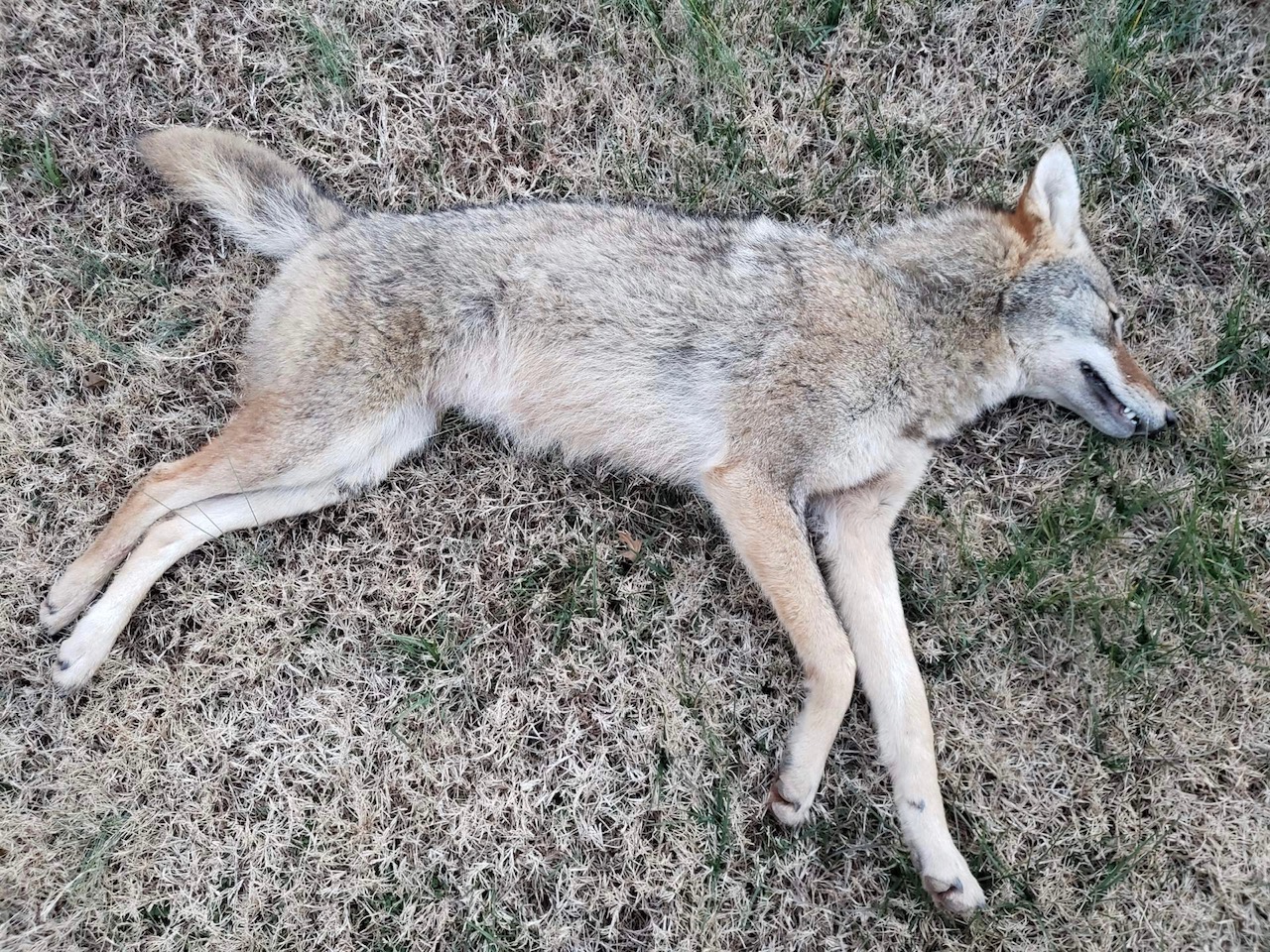
One common mistake many coyote hunters make is overhunting a particular area. Continuously pressuring the same territory can cause coyotes to become wary and skittish, ultimately reducing your chances of success. Instead, focus on diversifying your hunting locations and rotating between different areas throughout the season. This reduces the pressure on individual coyote populations and allows you to adapt to changing environmental conditions and coyote behavior patterns. As a rule, I plan my calling based on the direction of the wind. If the wind is not suitable for that area, it is better in the long run to skip the area entirely and return later.
Recently, a good friend had been experiencing a high success rate that had extended over a year. He showed me the waypoints he had marked on his hunting app. He had marked where he had located, seen, or found signs of coyotes. When panning out on his app, it looked like a massive ball of red in several different areas where he had found the most signs. His recent success confirmed the effort and time he put into scouting.
Factor 5: Mastering Calling Techniques - The Art of Seduction
Adequate calling is one of the most critical aspects of coyote hunting. Although scouting is essential, the most critical aspect of hunting success is mastering various calling techniques while understanding when and how to use them, which can make all the difference between success and failure. Experiment with different calls, including distress calls, howls, and pup-in-distress sounds, to mimic the sounds of wounded prey and trigger a coyote's predatory instincts. Practice patience and restraint, using calls sparingly and strategically to avoid spooking wary coyotes. Consider incorporating a high-quality electronic caller like the FoxPro X24 or the Hellcat Pro into your arsenal for maximum versatility and realism.
Coyote hunting is a challenging yet gratifying pursuit that requires skill, patience, and a deep understanding of coyote behavior. You can significantly increase your chances of success in the field by mastering the five critical factors outlined —wind direction, stealthy approaches, thorough scouting, avoiding overhunting, and mastering calling techniques. Remember always to prioritize safety and ethical hunting practices, and above all, enjoy the experience of connecting with nature and testing your skills against one of the wiliest predators in the wild.
Read More: Top Mistakes Coyote Hunters Make
















